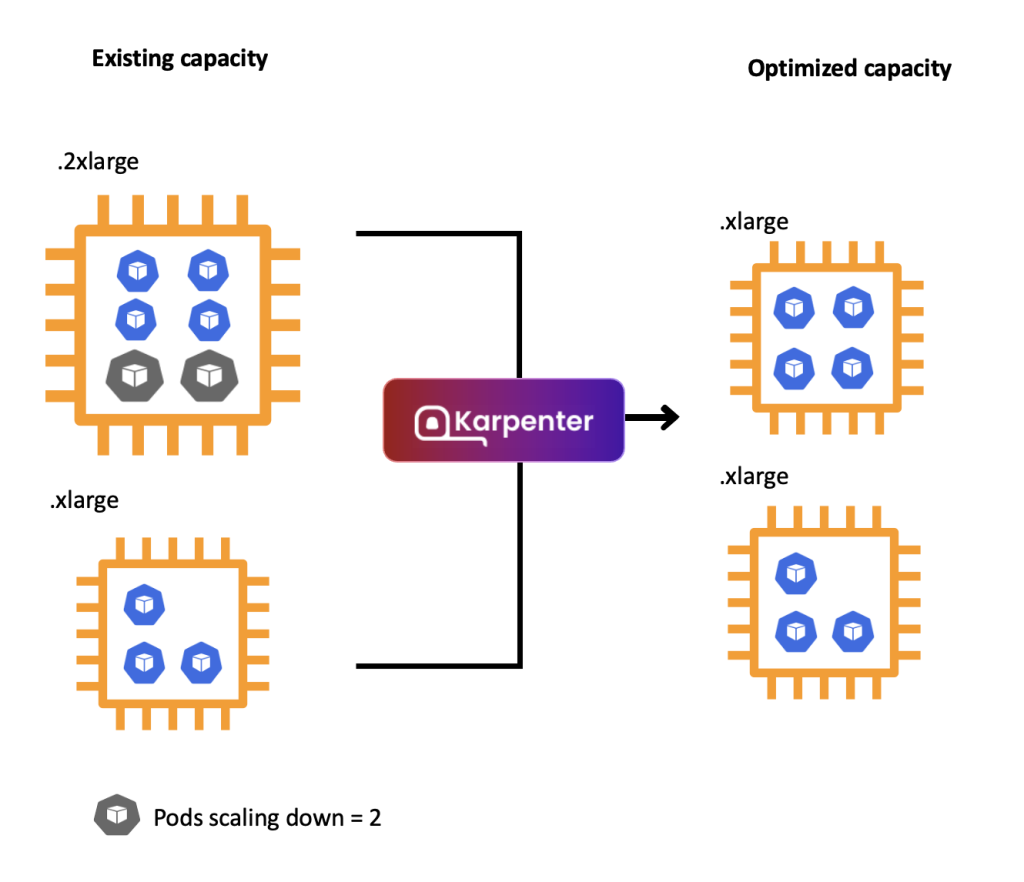AWS Compute Blog
Implementing network traffic inspection on AWS Outposts rack
This blog post is written by Brian Daugherty, Principal Solutions Architect. Enrico Liguori, Solution Architect, Networking. Sedji Gaouaou, Senior Solution Architect, Hybrid Cloud. Network traffic inspection on AWS Outposts rack is a crucial aspect of making sure of security and compliance within your on-premises environment. With network traffic inspection, you can gain visibility into the […]
Using the circuit-breaker pattern with AWS Lambda extensions and Amazon DynamoDB
The circuit breaker pattern is a powerful tool for helping to ensure the resiliency and stability of serverless applications. Lambda extensions are a good fit for its implementation, as demonstrated in this example.
Running code after returning a response from an AWS Lambda function
This blog shows four ways of combining synchronous and asynchronous tasks in a Lambda function, allowing you to run tasks that continue running after the function returns a response to the client.
Accelerating workflow development with the TestState API in AWS Step Functions
The TestState API helps developers to iterate faster, resolve issues efficiently, and deliver high-quality applications with greater confidence. By enabling developers to test individual states independently and integrating testing into their preferred development workflows, it simplifies the debugging process and reduces context switches.
Architecting for Disaster Recovery on AWS Outposts Racks with AWS Elastic Disaster Recovery
This blog post is written by Brianna Rosentrater, Hybrid Edge Specialist SA. AWS Elastic Disaster Recovery Service (AWS DRS) now supports disaster recovery (DR) architectures that include on-premises Windows and Linux workloads running on AWS Outposts. AWS DRS minimizes downtime and data loss with fast, reliable recovery of on-premises and cloud-based applications using affordable storage, […]
Serverless ICYMI Q1 2024
Welcome to the 25th edition of the AWS Serverless ICYMI (in case you missed it) quarterly recap. Every quarter, we share all the most recent product launches, feature enhancements, blog posts, webinars, live streams, and other interesting things that you might have missed! In case you missed our last ICYMI, check out what happened last […]
Applying Spot-to-Spot consolidation best practices with Karpenter
This post is written by Robert Northard – AWS Container Specialist Solutions Architect, and Carlos Manzanedo Rueda – AWS WW SA Leader for Efficient Compute Karpenter is an open source node lifecycle management project built for Kubernetes. In this post, you will learn how to use the new Spot-to-Spot consolidation functionality released in Karpenter v0.34.0, […]
Automating chaos experiments with AWS Fault Injection Service and AWS Lambda
This blog post details how to run chaos experiments for serverless applications built using Lambda. The described approach uses Lambda extension to inject faults into the execution environment. This allows you to use the same method regardless of runtime or configuration of the Lambda function.
Sending and receiving CloudEvents with Amazon EventBridge
Amazon EventBridge helps developers build event-driven architectures (EDA) by connecting loosely coupled publishers and consumers using event routing, filtering, and transformation. CloudEvents is an open-source specification for describing event data in a common way. Developers can publish CloudEvents directly to EventBridge, filter and route them, and use input transformers and API Destinations to send CloudEvents […]
Building a serverless pipeline to deliver reliable messaging
This post is written by Jeff Harman, Senior Prototyping Architect, Vaibhav Shah, Senior Solutions Architect and Erik Olsen, Senior Technical Account Manager. Many industries are required to provide audit trails for decision and transactional systems. AI assisted decision making requires monitoring the full inputs to the decision system in near real time to prevent fraud, […]








